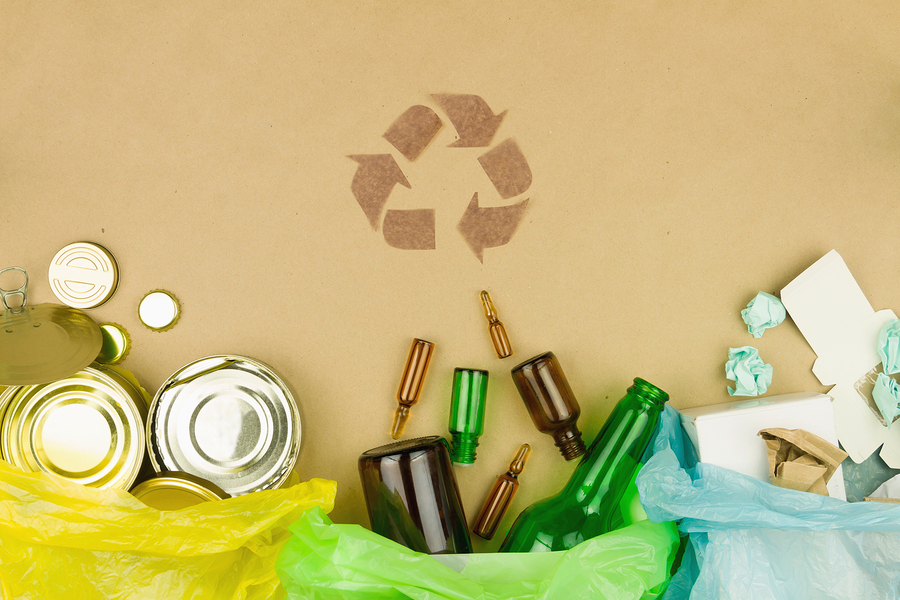Keep Calm & Recycle; Manufacturing Is
Recently, I brought a load of recycling goods to my local center and noticed a massive pileup of scrap metal. I realized it was not material coming from a household, it was from a commercial/industrial drop. That got me thinking – how are US companies dealing with their leftover materials?
While most of us grew up hearing, ‘Recycle, Reduce, Reuse’, it’s a mantra for many manufacturing companies today. The US government has tried to push that narrative along as well, with federal government allowing kickbacks to companies that recycle. In addition, 25 states currently give tax breaks/kickbacks to companies that recycle.
In terms of quantity, steel is the most commonly recycled metal, comprising more than aluminum, paper, glass, and plastic combined. The US recycles roughly 88% of steel, making it the most recycled industrial material.
In terms of efficiency, it’s 57% more energy effective to recycle aluminum than to create it from raw material. Aluminum is also 100% recyclable, meaning it’s not lost in the process and you get a pure return.
While companies are reusing their metals, they’ve also pioneered reusing other needed substances. Concrete is now recycled at its highest rate, plastics are recycled as fuel, and oil can even be processed for additional industrial use. A certain kind of plastic is also now capable of being 100% reusable, saving close to 68% in processing costs. With finite materials, this looks to be a continued trend in manufacturing moving forward.
While recycling may still be a dirty business, it isn’t going out of style any time soon.
To learn more about new recycling processes and improvements, please visit https://www.roadrunnerwm.com/blog/manufacturing-recycling-challenges-opportunities
Dave Rohlfing, Senior Technical Solutions Coordinator








